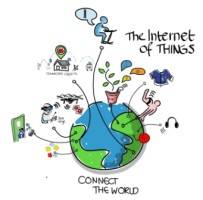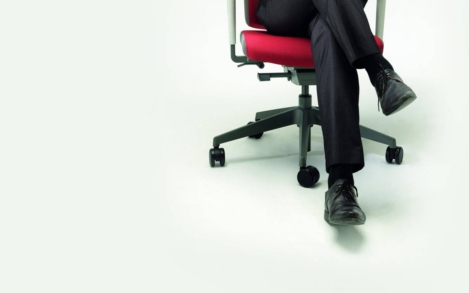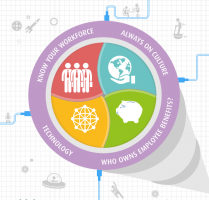January 26, 2016
Unethical employment practices drive ‘Gen S’ professionals away 0
 Over half of ‘Gen S’ workers would refuse to work for employers who have a record of using slave labour, generating high levels of pollution, employing unsafe working conditions, poor environmental performance, questionable investments and unethical practices. According to the Institute of Environmental Management & Assessment’s (IEMA) annual Practitioner Survey these people see environmental roles as the career change of choice, with 42 percent of professionals who now work in these roles considering themselves “career changers”. Those entering the profession come from a variety of backgrounds including finance, operations, marketing and communications and R&D. Gen S workers are typically people in their mid-thirties, above average in their qualifications with 45 percent having a Master’s degree or doctorate, looking for more than just a career and earning money, but actively seeking a career which is primarily “ethical” in nature.
Over half of ‘Gen S’ workers would refuse to work for employers who have a record of using slave labour, generating high levels of pollution, employing unsafe working conditions, poor environmental performance, questionable investments and unethical practices. According to the Institute of Environmental Management & Assessment’s (IEMA) annual Practitioner Survey these people see environmental roles as the career change of choice, with 42 percent of professionals who now work in these roles considering themselves “career changers”. Those entering the profession come from a variety of backgrounds including finance, operations, marketing and communications and R&D. Gen S workers are typically people in their mid-thirties, above average in their qualifications with 45 percent having a Master’s degree or doctorate, looking for more than just a career and earning money, but actively seeking a career which is primarily “ethical” in nature.














 In years gone by, a ‘one size fits all’ approach to office design might have been the norm, but as the decades have progressed, so too have the options available to businesses designing ‘homes from home’ for their office-based workforces. As new interpretations of the office environment proliferated, so the open plan model came to into being and eventually evolved into the default office design model. This initially brought greater variety than ever before but, ultimately, a one size fits all mentality in
In years gone by, a ‘one size fits all’ approach to office design might have been the norm, but as the decades have progressed, so too have the options available to businesses designing ‘homes from home’ for their office-based workforces. As new interpretations of the office environment proliferated, so the open plan model came to into being and eventually evolved into the default office design model. This initially brought greater variety than ever before but, ultimately, a one size fits all mentality in 
 Companies are rethinking the tools they use to keep employees engaged and loyal – especially at a time when flexibility and choice are increasingly important to an workforce that craves mobility and choice. A newly released survey from
Companies are rethinking the tools they use to keep employees engaged and loyal – especially at a time when flexibility and choice are increasingly important to an workforce that craves mobility and choice. A newly released survey from 

















January 6, 2016
Two new studies that highlight the complexities of gender at work 0
by Mark Eltringham • Comment, Knowledge, News, Workplace
More →